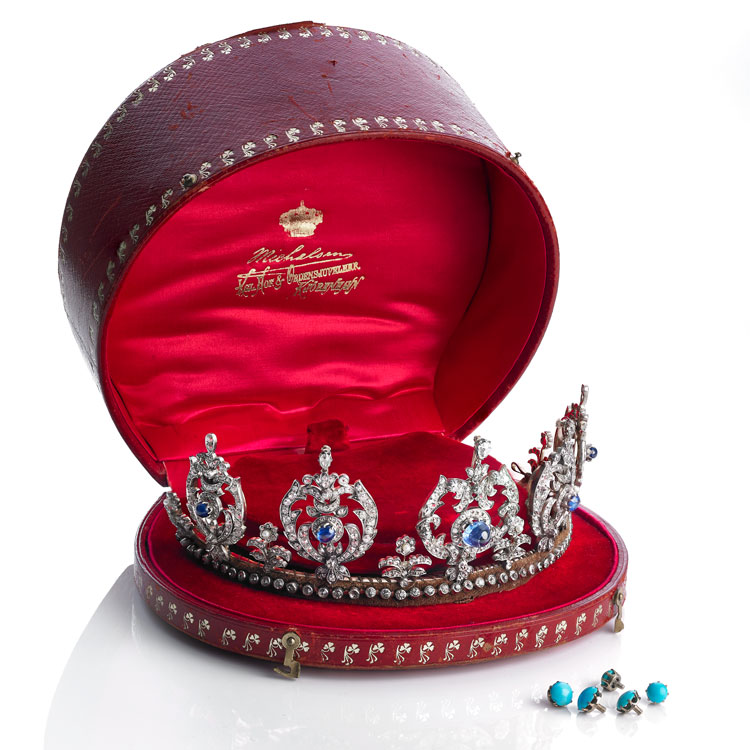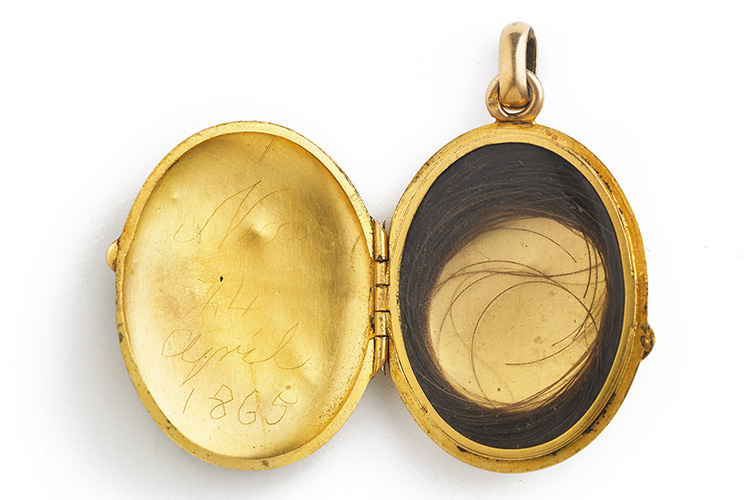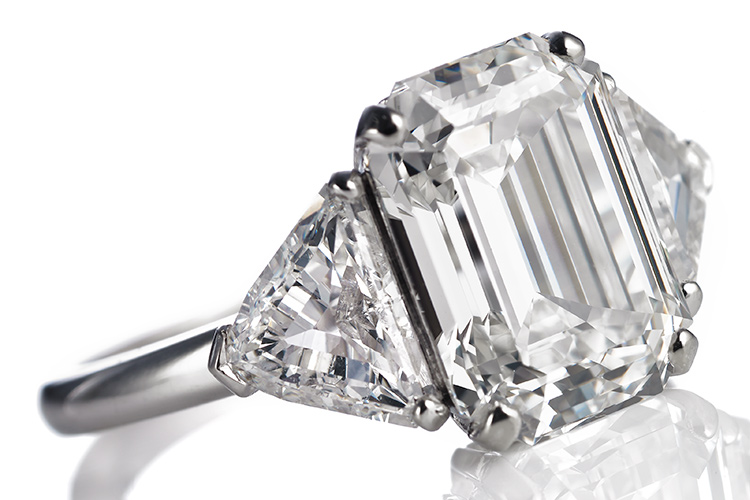Princess Thyra’s Sapphire Tiara and Other Royal Jewellery at Auction
We kick off the month of Christmas in Copenhagen with a glittering auction in royal company. Princess Thyra of Denmark's Sapphire Tiara is presented alongside several other pieces of jewellery that have been worn by princesses, queens and a tsaritsa throughout the history of the Danish Royal House.
The selection of jewellery at our Live Christmas Auction is far from ordinary, but rather consists of extremely prominent jewellery that has been owned by members of the Danish Royal House. The highlight is Princess Thyra of Denmark's Sapphire Tiara, while the auction's other royal jewellery includes Queen Alexandra of Denmark's Art Deco emerald and diamond bracelet and Queen Louise of Denmark's mourning medallions.
|
|
Worn by Princesses and QueensThe story of the sapphire tiara up for auction can be traced back to the 19th century to Princess Thyra (1880-1945), who received it as a gift from her parents, King Frederik VIII and Queen Lovisa of Denmark. This most likely happened on her 18th birthday in 1898, when she presumably had her debut into society. This sumptuous piece of jewellery was subsequently passed down through the Danish Royal Family. Princess Thyra bequeathed the tiara to her niece, Hereditary Princess Caroline-Mathilde of Denmark, who was married to Hereditary Prince Knud of Denmark. They passed it on to their daughter, Princess Elisabeth of Denmark, and until today it has belonged to descendants of King Frederik VIII and Queen Lovisa of Denmark. It was likely made by the jewellery company E. Wolff & Co. in London and retailed by A. Michelsen in Copenhagen. |
"Princess Thyra of Denmark’s Sapphire Tiara is unique and well preserved. And it is rare that jewellery of this nature is offered for sale at auction directly from the Danish Royal Family. I have always had a personal interest in royal history and royal artefacts. Therefore, right now is an absolutely unique time for me – to have the opportunity to delve into the history of both Princess Thyra and her sapphire tiara and present it at auction. The princess also deserves a different epithet, than the one she has in the history books, and she will get that now,"
Chief Specialist, royal objets d’art, Martin Hans Borg.
An Unconventional PrincessPrincess Thyra of Denmark was the sixth child of eight and was born on 14 March 1880 in the Brockdorff’s Palace at Amalienborg Palace in Copenhagen. Princess Thyra remained unmarried her whole life, and for many years she lived with her parents. Her mother Crown Princess Lovisa had a reputation for being an exacting mother, and Princess Thyra was given a strict upbringing. In the Danish Royal Theatre’s royal box, the children had to use their conversational skills on each other. Here the audience could watch the children’s many and long conversations from afar. They would probably have been surprised to hear the content of these discussions. To make sure that the children did not sit idle, they were taught to count to a hundred and backwards again. Princess Thyra of Denmark had a central position in the Danish and European Royal Houses. As the daughter of King Frederik VIII of Denmark, she was the grandchild of “The In-laws of Europa”, King Christian IX and Queen Louise of Denmark. She also became the younger sister of the later King Christian X of Denmark and King Haakon VII of Norway. In this large family, her uncle and paternal aunt were King George V and Queen Alexandra of Great Britain. Her cousin was therefore also the later King George V of Great Britain. |

|
Love Affair with a Surgeon-in-Ordinary
When Princess Thyra was 21 years old, she had a love affair with King Christian IX’s surgeon-in-ordinary, the twelve years older Niels C. Ilsøe. This led to his immediate dismissal, and he moved to Western Jutland as a general practitioner (GP). It is said that Niels C. Ilsøe for the rest of his life had a photograph of Princess Thyra placed on his nightstand. That they both remained unmarried throughout their lives may indicate that this was not simply a carefree romance.

|
|
Princess Thyra has received a somewhat unkindly epitaph in the official history books. This was based on the fact that she did not play a particularly visible role in public life. But it was the princess herself, who had chosen this withdrawn role. If you talk to the many descendants of King Frederik VIII and Queen Lovisa of Denmark, the description is completely different. As one of them has described it to Martin Hans Borg: |
“Aunt Thyra has most often been unfairly and incorrectly portrayed, and the majority of the few people who have written anything about her have not known her at all. I remember her as hospitable and her large, stately home as a cheerful and popular meeting place for her siblings and the rest of the family. The younger generations were certainly also spoiled. She was so kind and always made sure we had what we needed. She was well-read, spoke several languages, had a cheerful sense of humour, could be straightforward, but at the same time had a natural royal dignity about her.”
Royal Objets d’art
Besides the tiara, the auction also includes a number of other pieces of jewellery with a royal provenance, including mourning medallions, which one wore around the neck with a small lock of hair from the deceased. One of these mourning medallions belonged to Queen Louise of Denmark and contains a lock of hair from the Grand Duke Nicholas Alexandrovich, who never got to marry the Queen’s daughter Princess Dagmar. In addition, Queen Louise of Denmark owned mourning medallions from her parents, Landgravine Charlotte and Landgrave Wilhelm of Hessen-Kassel, as well as Prince Friedrich of Nassau.
In addition, other pieces of jewellery with a royal provenance are also part of the auction, such as a very beautiful Art Deco emerald and diamond bracelet that belonged to Queen Alexandrine of Denmark, a garnet and 18k gold pendant that was owned by King Frederik VII's mother, Princess Charlotte Frederik of Denmark, and an imperial marcasite and silver pendant previously owned by Tsaritsa Maria Feodorovna.
|
|
|
|
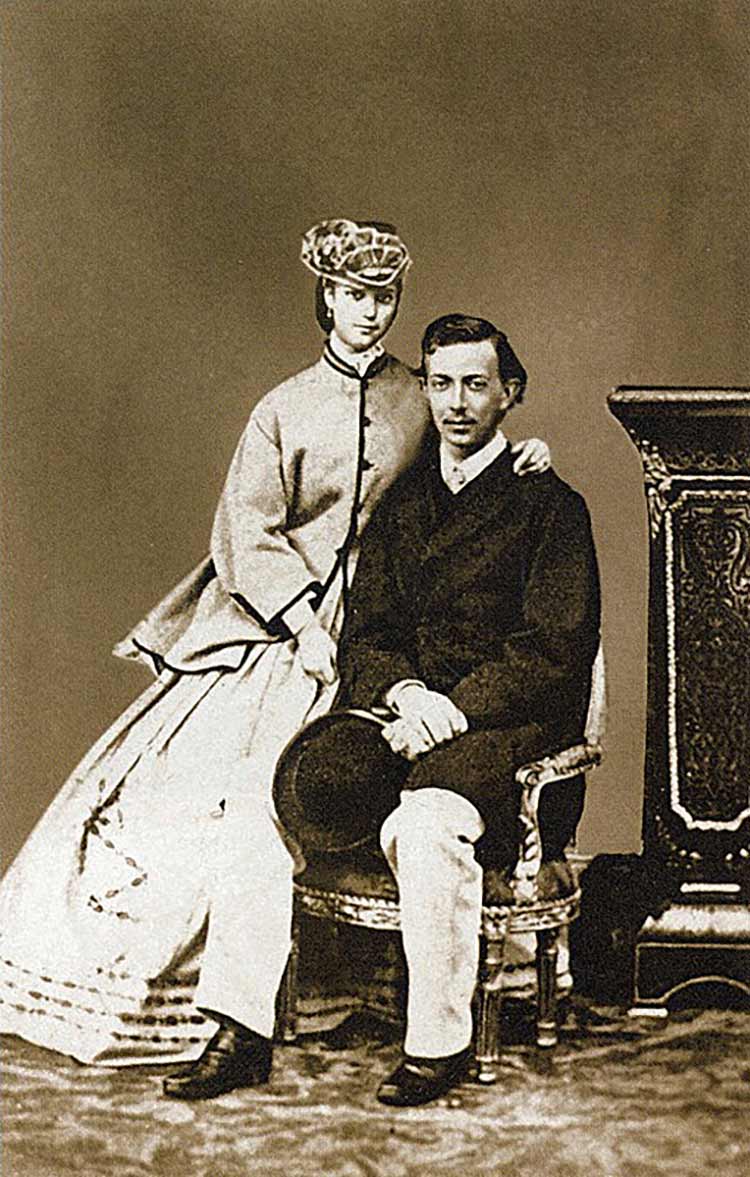
|
|
|
|
|
|
We can also present many other sought-after pieces of jewellery, including a clear highlight with a rare diamond ring set with an emerald-cut diamond weighing approx. 5.58 ct. and flanked by two trilliant-cut diamonds weighing a total of approx. 2.00 ct, mounted in platinum. |
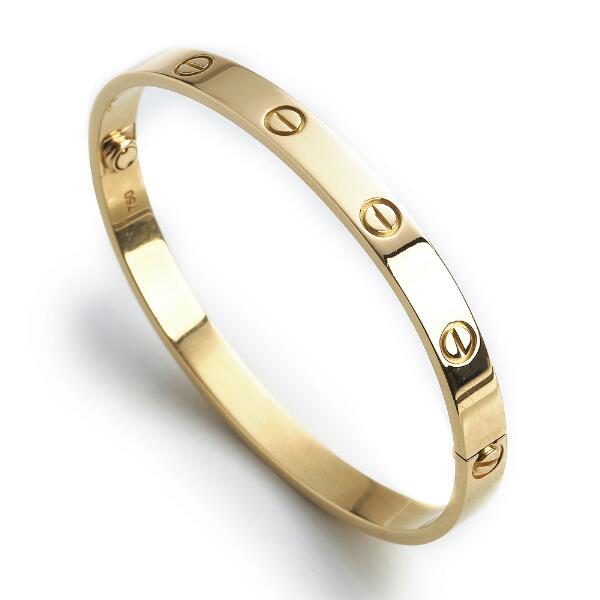
Gallery Talk: Sunday 27 November at 12noon
Chief Specialist Martin Hans Borg from Bruun Rasmussen tells the story of Princess Thyra of Denmark's Sapphire Tiara and other royal jewellery up for auction.
For further information, please contact:
|
|
Martin Hans BorgMartin Hans Borg
Antique silver & Royal collectibles
Chief Specialist / Royal objets d’art / København
|
